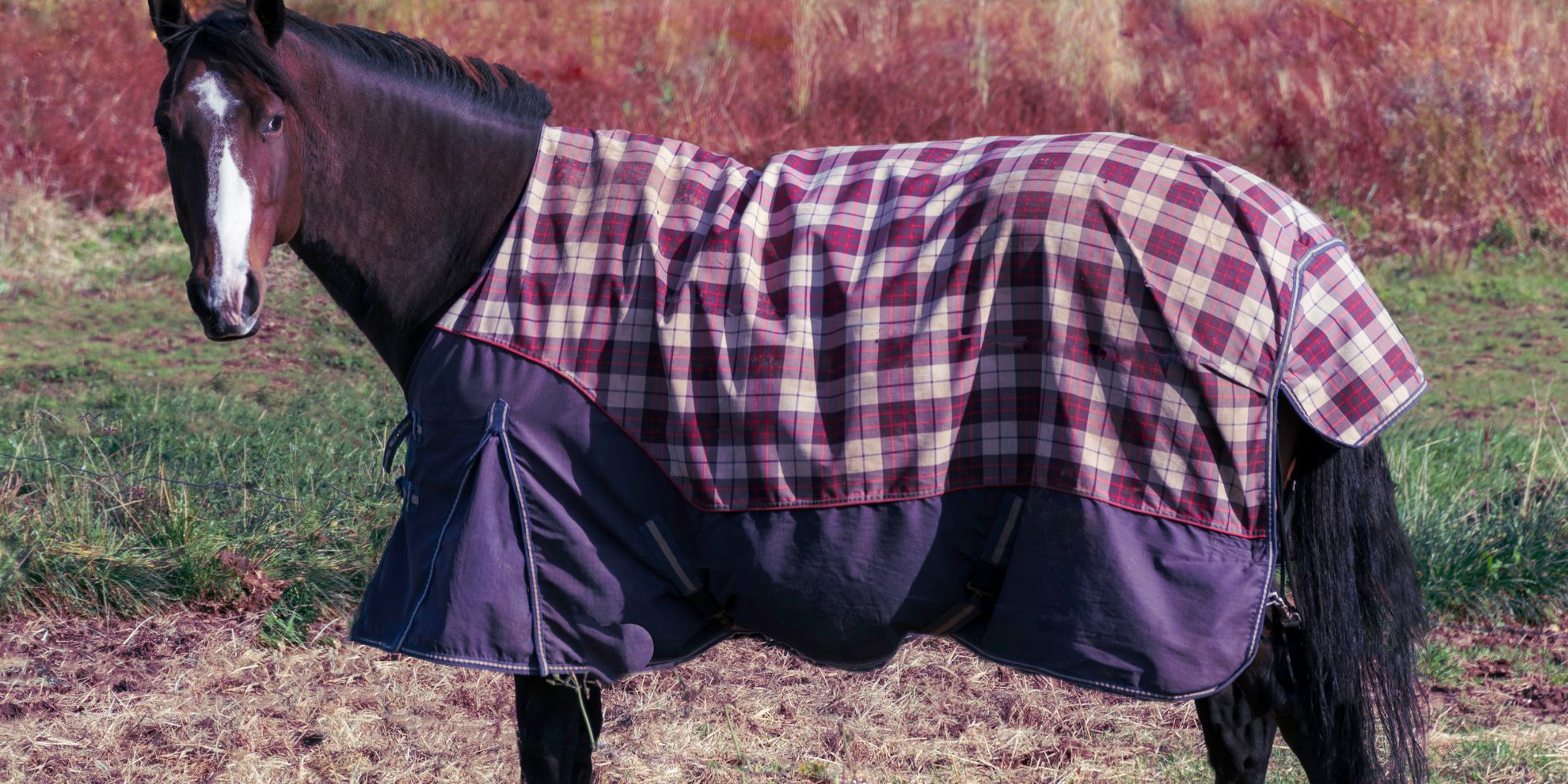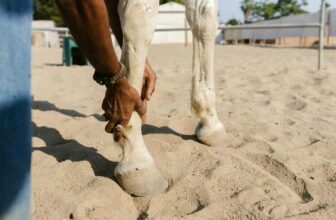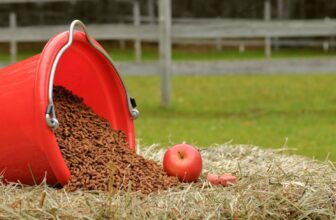
When it comes to selecting blankets that offer optimal protection and comfort for your horses, the choices can be overwhelming. Different types of blankets cater to various needs, from turnout blankets for outdoor activities to stable blankets for indoor warmth. Factors like material, weight, and fit all play crucial roles in determining the best option for your equine companion. Understanding these key factors will not only ensure your horse’s comfort but also contribute to their overall well-being and performance. So, how do you choose the perfect blanket that strikes the right balance between protection and comfort for your horse?
Types of Horse Blankets
When choosing a horse blanket, consider the different types available to meet your horse’s specific needs. Turnout blankets are ideal for outdoor use, providing waterproof protection against the elements. These blankets are sturdy and durable, making them perfect for horses that spend a lot of time outside.
Stable blankets, on the other hand, are designed for indoor use and provide warmth without the waterproofing needed for outdoor wear. If your horse requires added warmth during colder months, consider investing in a heavyweight blanket. These blankets offer extra insulation to keep your horse cozy and comfortable in low temperatures.
For milder weather, a lightweight blanket may be more suitable, offering some protection without overheating your horse. Additionally, consider cooler blankets for moisture-wicking properties after exercise or on warmer days. By selecting the appropriate type of horse blanket, you can ensure your horse stays comfortable and protected year-round.
Factors to Consider
Consider key factors such as your horse’s size, activity level, and the climate when selecting the most suitable blanket for their needs. For larger horses, ensure the blanket is designed to accommodate their size comfortably without being too tight or too loose. Active horses may benefit from blankets that offer more freedom of movement, such as those with shoulder gussets or stretch panels. In colder climates, opt for blankets with higher levels of insulation to keep your horse warm and comfortable. Conversely, in warmer regions, choose blankets that are breathable and moisture-wicking to prevent overheating.
Additionally, consider your horse’s individual needs and preferences. Some horses may have sensitive skin and require blankets with softer materials to prevent irritation. Others may be prone to rubbing, necessitating blankets with features like satin lining to reduce friction. By taking these factors into account, you can select a blanket that not only provides adequate protection but also ensures your horse remains content and at ease.
Blanket Fit and Sizing
To ensure proper warmth and comfort for your horse, it’s crucial to focus on achieving the right fit and sizing when selecting a blanket. An ill-fitting blanket can lead to discomfort, chafing, and even potential injuries for your horse. When choosing a blanket, make sure to measure your horse accurately, considering their height, weight, and body shape. Different brands may have slightly different sizing charts, so always refer to the specific measurements provided by the manufacturer.
A well-fitted blanket should cover the horse from withers to tail without hanging too low or being too tight. The chest closure should allow for freedom of movement without rubbing, and the leg straps should be adjusted to prevent the blanket from shifting. Take note of your horse’s build – a blanket that fits one horse well may not fit another due to differences in body conformation. Regularly check the fit of the blanket as your horse’s weight and muscle tone may change over time.
Maintenance and Care Tips
For proper maintenance and care of your horse’s blanket, regularly inspect for wear and tear, and promptly address any issues to ensure longevity and performance.
Start by checking all straps, buckles, and stitching for signs of damage. If you notice any loose threads or tears, mend them promptly to prevent further damage.
It’s also essential to clean your horse’s blanket regularly to remove dirt, sweat, and debris that can cause discomfort or deterioration of the fabric. Follow the manufacturer’s instructions for washing and drying to maintain the integrity of the blanket’s materials.
When storing the blanket during the off-season, make sure it’s clean and completely dry to prevent mold or mildew growth. Additionally, avoid storing the blanket in a damp or humid environment.




